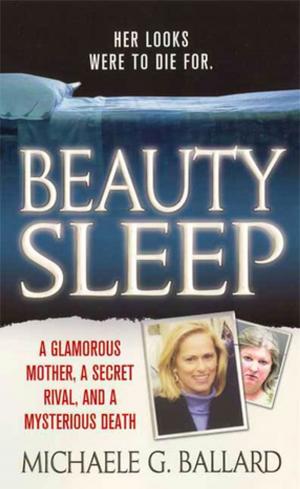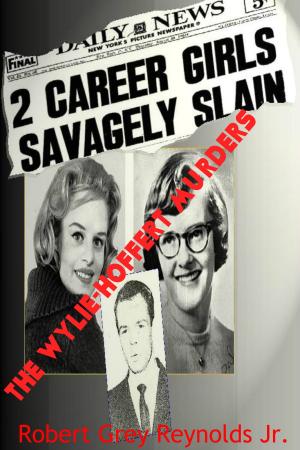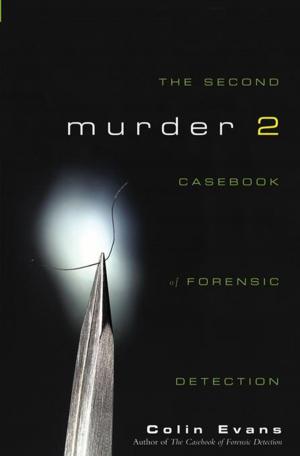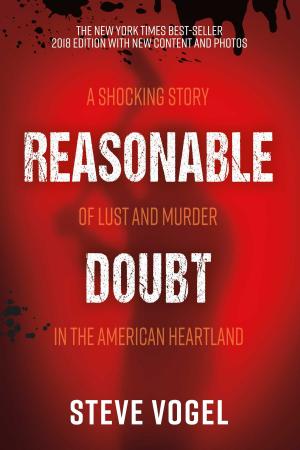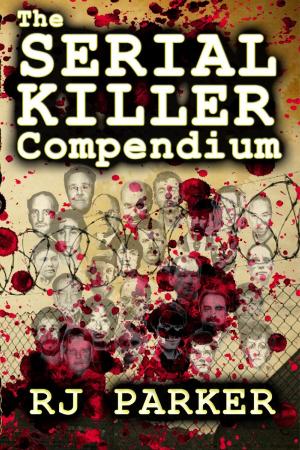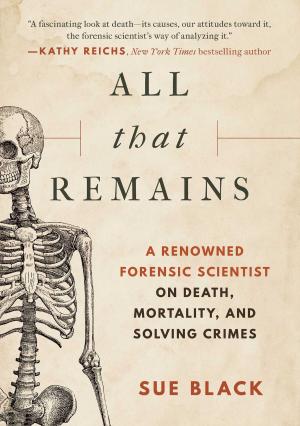Demon Doctors: Physicians as Serial Killers
Nonfiction, Social & Cultural Studies, True Crime, Murder| Author: | Kenneth Iserson | ISBN: | 9781883620400 |
| Publisher: | Kenneth Iserson | Publication: | January 15, 2013 |
| Imprint: | Smashwords Edition | Language: | English |
| Author: | Kenneth Iserson |
| ISBN: | 9781883620400 |
| Publisher: | Kenneth Iserson |
| Publication: | January 15, 2013 |
| Imprint: | Smashwords Edition |
| Language: | English |
Abandoning the Hippocratic Oath, a few physicians over the past few centuries intentionally killed patients, experimental subjects, family members, and hapless strangers. Some had hundreds of victims; others destroyed or hid their victims’ bodies well enough so the body count is uncertain.
This book describes the life, gruesome crimes and, in many cases, the punishments—usually hanging, but also the guillotine—that many of these healer-killers richly deserved.
Of the physicians-murderers in this book, most were serial killers—intentionally killing at least three people. Some, like Harold Shipman, Herman Mudgett (alias H.H. Holmes), Marcel Petiot, and the Japanese biowarfare team killed many more, although the exact count is uncertain.
Shipman, a British general practitioner and the most recent of the bunch, murdered hundreds of women in their homes over decades, but encouraged their families to cremate most of the bodies to hide the evidence. A Queen’s inquiry and exhumating the few existing bodies revealed that he had probably killed more than 300 women.
Herman Mudgett lured women seeking jobs to his eerie and labyrinthine “murder castle” near the Chicago Exposition site. There he tortured, killed and dismembered them. Little was left of the bodies when the police finally investigated.
Marcel Petiot, released from a mental institution, went to medical school and interned in the same hospital where he had been a patient. While practicing medicine in Paris during WW II (and claiming to be a specialist in almost every field), he lured resistance fighters, Jews, and deserting German soldiers to his laboratory. There he killed them and destroyed their bodies. His motivation? The money he could make from the valuables that they carried with them.
While Nazi physicians’ horrific activities in the concentration camps have been well documented, little exists about similar behavior by some of the best-educated Japanese physicians during WW II. Using civilians and captured soldiers as experimental subjects, they tested a variety of infectious, chemical and other agents, always leading to painful deaths. Despite these war crimes, the U.S. government allowed them to trade their scientific findings for their freedom.
Other physician-murderers in this book include William Palmer (used arsenic), Thomas Neill Cream (used strychnine and then fled with his lover who was dressed as a boy), Linda Hazzard (starved patients to death), Debora Green (made and used ricin), and others. It even includes a description of the two huge “doctor plots” that involved killing hundreds of Soviet loyalists—but was all a figment of Stalin’s paranoia.
As a capstone to these gruesome stories, the book also includes discussions of the guillotine, strychnine, biological warfare, exhumations, and the psychology of serial killers. This book is much more disturbing than any fictional crime story.
Abandoning the Hippocratic Oath, a few physicians over the past few centuries intentionally killed patients, experimental subjects, family members, and hapless strangers. Some had hundreds of victims; others destroyed or hid their victims’ bodies well enough so the body count is uncertain.
This book describes the life, gruesome crimes and, in many cases, the punishments—usually hanging, but also the guillotine—that many of these healer-killers richly deserved.
Of the physicians-murderers in this book, most were serial killers—intentionally killing at least three people. Some, like Harold Shipman, Herman Mudgett (alias H.H. Holmes), Marcel Petiot, and the Japanese biowarfare team killed many more, although the exact count is uncertain.
Shipman, a British general practitioner and the most recent of the bunch, murdered hundreds of women in their homes over decades, but encouraged their families to cremate most of the bodies to hide the evidence. A Queen’s inquiry and exhumating the few existing bodies revealed that he had probably killed more than 300 women.
Herman Mudgett lured women seeking jobs to his eerie and labyrinthine “murder castle” near the Chicago Exposition site. There he tortured, killed and dismembered them. Little was left of the bodies when the police finally investigated.
Marcel Petiot, released from a mental institution, went to medical school and interned in the same hospital where he had been a patient. While practicing medicine in Paris during WW II (and claiming to be a specialist in almost every field), he lured resistance fighters, Jews, and deserting German soldiers to his laboratory. There he killed them and destroyed their bodies. His motivation? The money he could make from the valuables that they carried with them.
While Nazi physicians’ horrific activities in the concentration camps have been well documented, little exists about similar behavior by some of the best-educated Japanese physicians during WW II. Using civilians and captured soldiers as experimental subjects, they tested a variety of infectious, chemical and other agents, always leading to painful deaths. Despite these war crimes, the U.S. government allowed them to trade their scientific findings for their freedom.
Other physician-murderers in this book include William Palmer (used arsenic), Thomas Neill Cream (used strychnine and then fled with his lover who was dressed as a boy), Linda Hazzard (starved patients to death), Debora Green (made and used ricin), and others. It even includes a description of the two huge “doctor plots” that involved killing hundreds of Soviet loyalists—but was all a figment of Stalin’s paranoia.
As a capstone to these gruesome stories, the book also includes discussions of the guillotine, strychnine, biological warfare, exhumations, and the psychology of serial killers. This book is much more disturbing than any fictional crime story.




